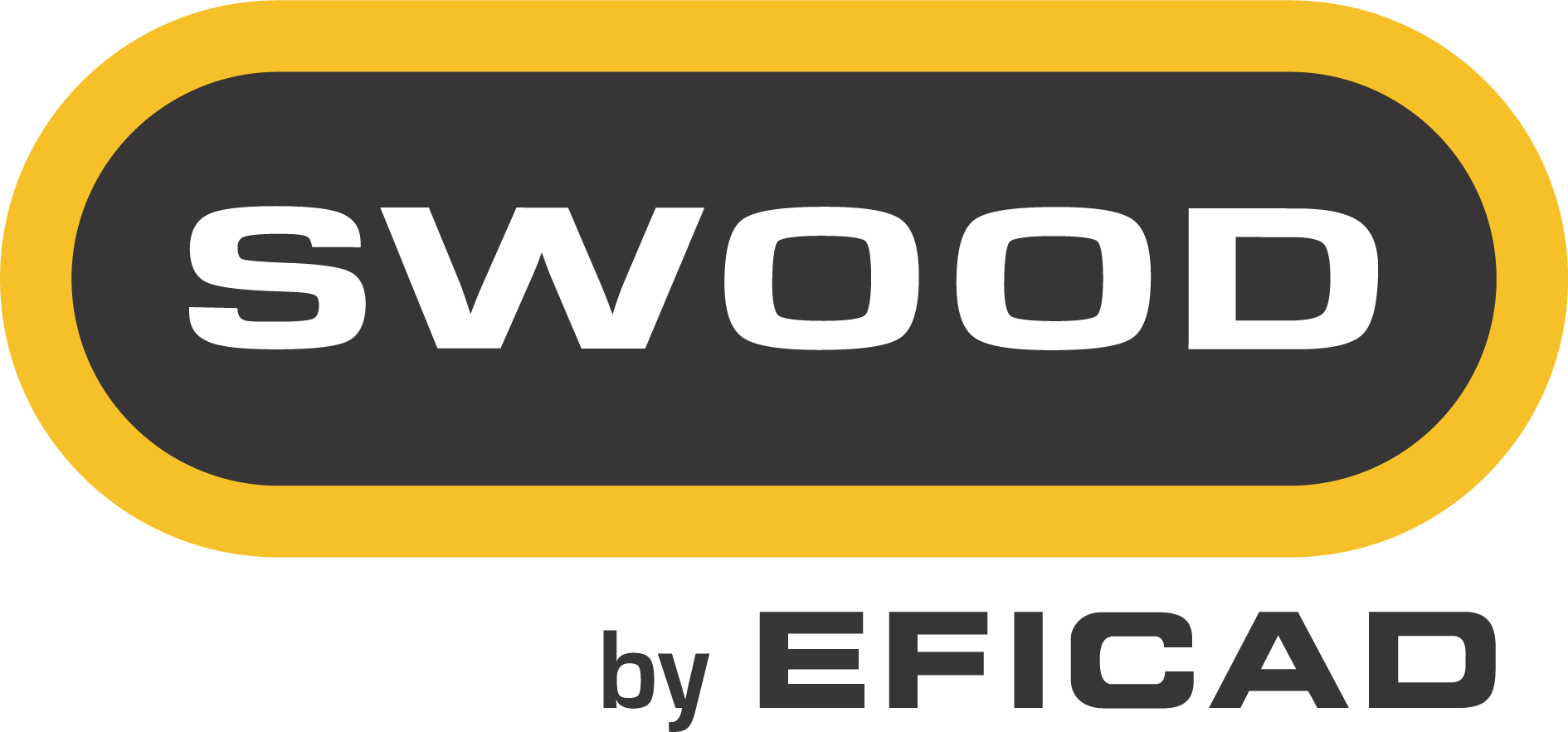MVS sets up seamless communication between the design and production
MVS is a luxury interior outfitting company specialising in the production and delivery of luxury custom-made interiors, providing a “turn-key” project for super yachts and top-end private real estate.
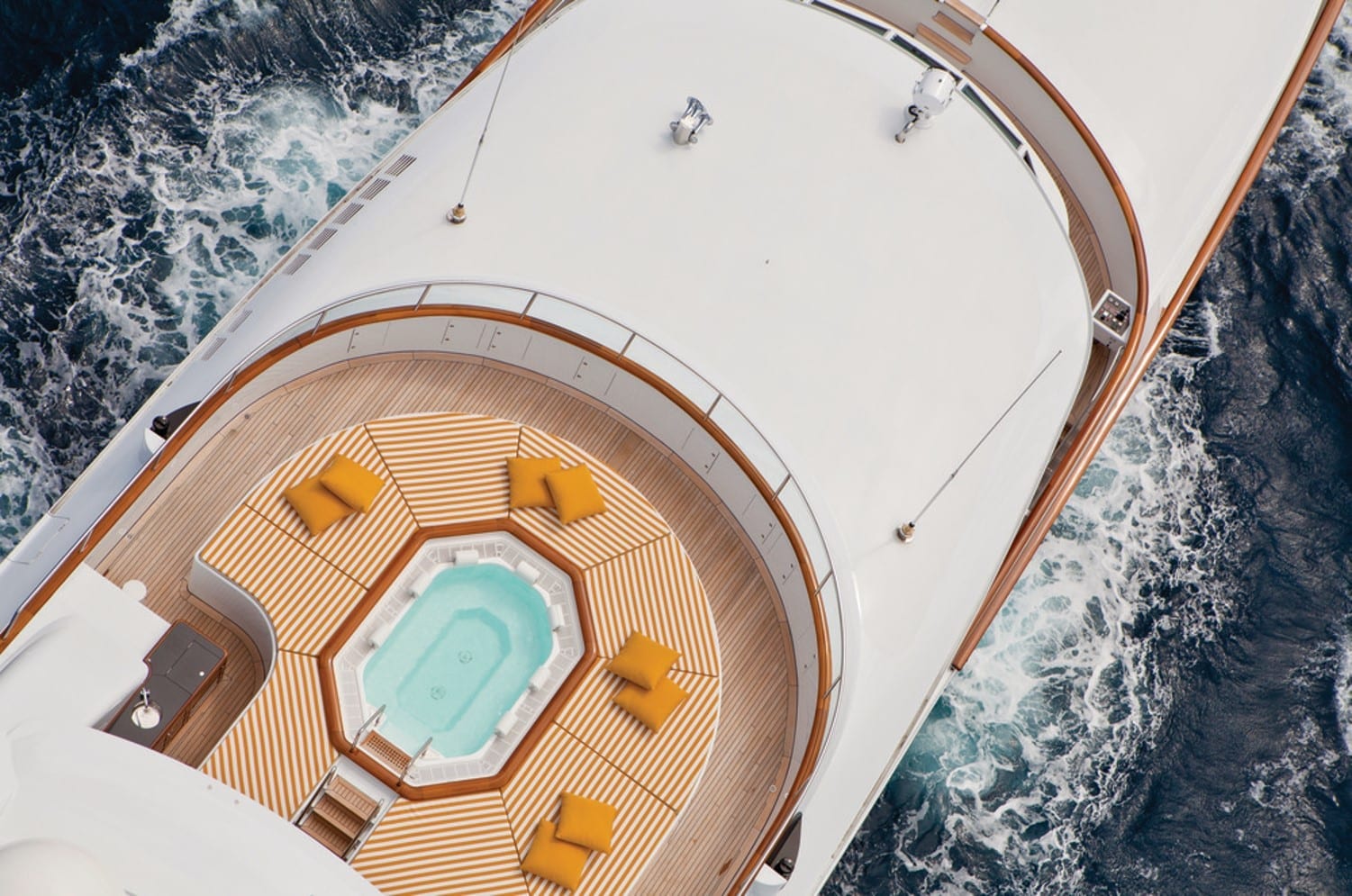
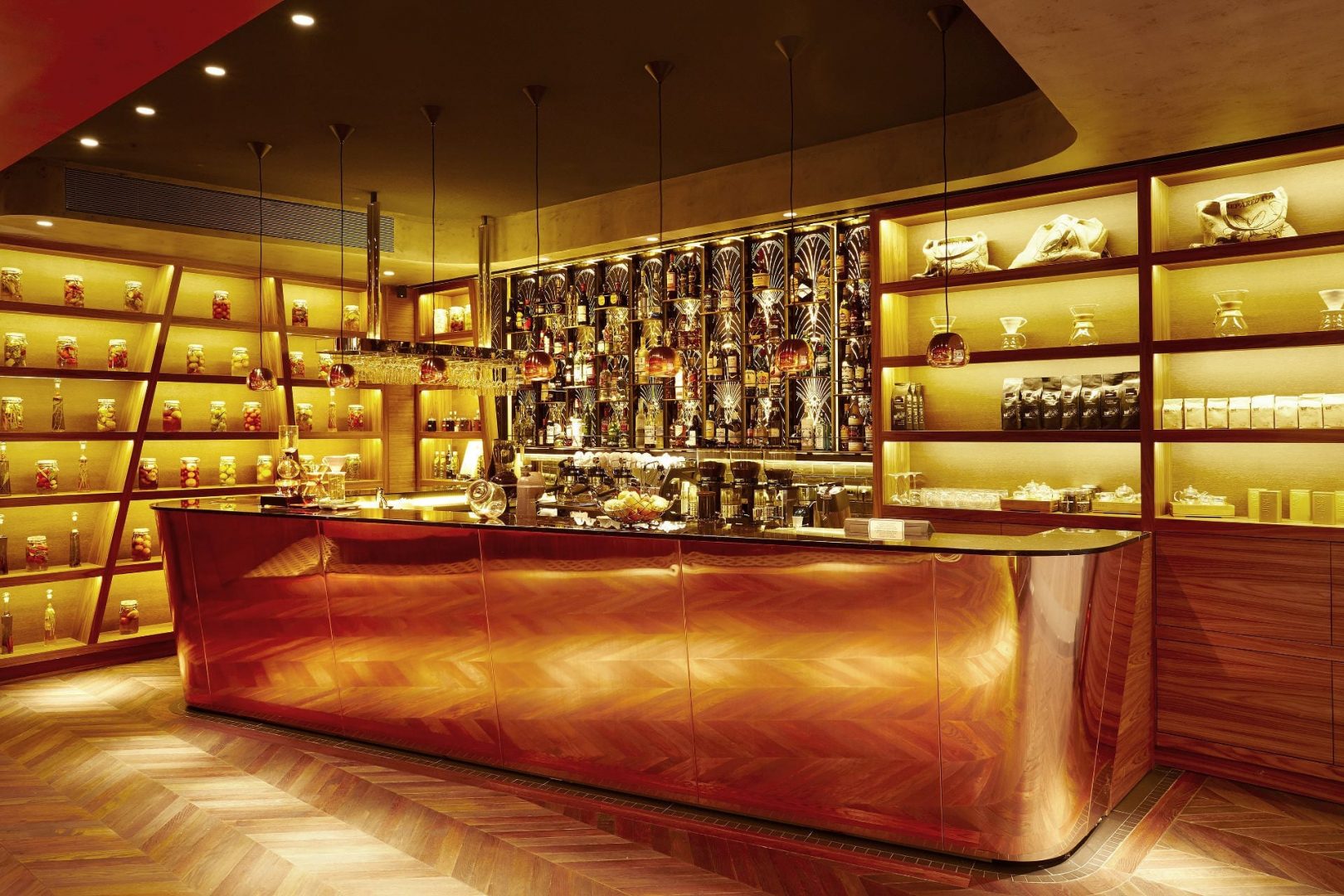
About MVS

Industry – Luxury custom-made interiors
Size – 50-100 employees
Location – Greece
Used case – Design & Manufacturing
Products used – SWOOD Design & SWOOD CAM
Sales Partner – AlfaSolid Works, Greece
Founded in 2006, with a mission to produce top-quality interiors and to establish long-lasting and mutually beneficial relationships with its clients, MVS™ has worked with some of the very best designers from around the world to create bespoke pieces for private clients. It has also been recognized and respected by its broad network of suppliers and architects for offering a productive construction experience and providing first class services.
With the ability to construct entire interior schemes and bespoke pieces to scale at its larger-than-10,000-square-meter combined production facilities in Greece and Germany, MVS has become one of the key players in the superyacht and luxury residential interiors market.
In the market of customized luxury products
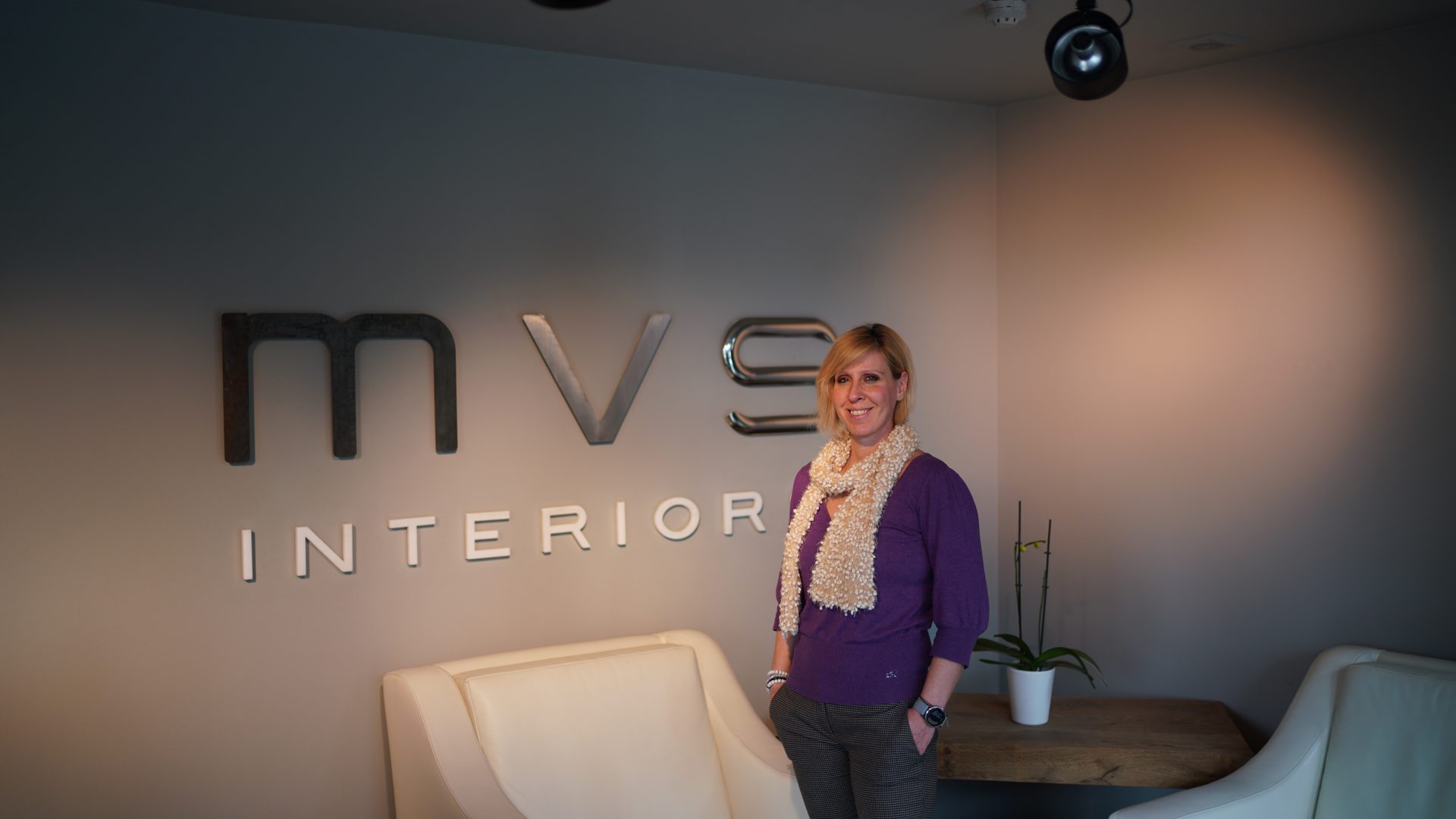
As Eva Askepidou, the HR Manager at MVS, states: “We emphasize on creating the interiors for yachts, land projects, commercial or even private projects.” MVS has a team of around 91 employees with one production facility in Greece of 5000 square meters and another facility in Germany, of 3000 square meters. Eva also specifies that they compete with 8 other big players in this specific market in Europe, therefore they aim to be the market leader in the next years.
Need to move from a 2D Solution
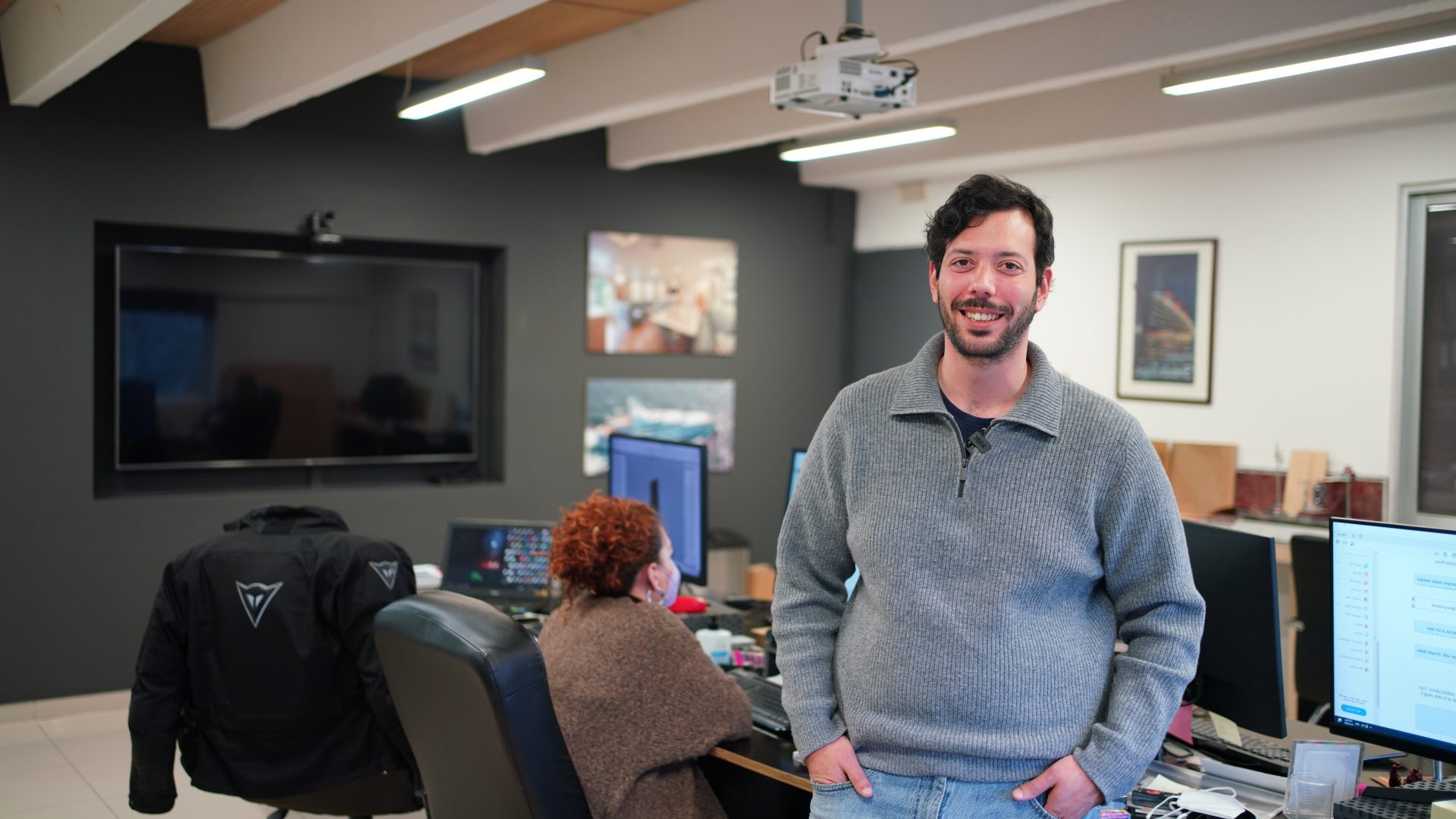
MVS was traditionally using a 2D platform to create all the complex designs of their projects. As Vasilis Skandalis, Design Engineer, explains : “we started working with AutoCAD in two dimensions, which got a bit complicated. It was problematic as we had difficulties reading the drafts and the designs.’ With a 2D solution, there can be a lot of limitations when you are working on complex projects that involve minute details. This can also lead to communication challenges between the design and the manufacturing team. Vasilis adds : “we had difficulties in communicating our drawings; there was information missing from one point to the other when we were making changes, and we had to work on a plan view, on the section view and we had to do the same thing multiple times.”
A solution to reduce any miscommunication and recurring tasks
Seeing the problems that MVS was facing internally, they started looking for a complete solution that could help them create 3D models of complex projects while not losing any information and getting rid of any recurring tasks. Vasilis reveals that they recently switched to three dimensions to SOLIDWORKS and SWOOD and that all the existing information was moved to SWOOD. Indeed, with SWOOD, one can easily re-use the existing database and start new projects from existing models. The parametric properties of this woodworking solution help make changes at any step of the process, whether it’s design or manufacturing.
Vasilis states that, with SWOOD, “we can see what we’re drawing. It completely changed the way we are working”. He also specifies that they can see if there are any errors or collisions that occur during the production process. “It’s very easy to show the design to our colleagues or our partners and explain quickly what we’re talking about.”
Before adding SWOOD, they had to show the draft and explain to their customers or colleagues all the details, but now all the processes can easily be visualized.
In the end, Vasilis adds, “we’re working much faster as SWOOD has the feature of automatic dimensioning. It allows us to work quickly, and we spend more time thinking and less time drawing. You need to work in 3D, if you haven’t already, and in particular with SWOOD which is a very solid program.”
In conclusion, SWOOD is helping MVS build and produce high-end commercial furniture by reducing all the recurring tasks and improving the communication between design and manufacturing teams.



